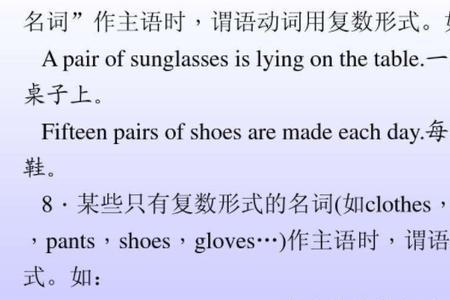neither nor 是就近原则 根据名词的单复决定 比如 neither students nor teacher 这时用单数 而neither students nor teachers 这时用复数
neither 和 nor 一起使用作并列连词,格式为 neither ... nor ..., 意为“既不……也不……”,表示否定的情况适用于两方面,连接两个并列的成分
例如:
Neither my mother nor my father went to university.我妈妈和爸爸都没上过大学。
They speak neither French nor German, but a strange mixture of the two.
他们既不说法语也不说德语,而是两种语言奇怪的混合。
I neither know nor care what happened to him.我既不知道也不关心他发生了什么事。
1、当连接的两个并列主语都为单数形式,那么谓语动词用单数
例如:
Neither Mark nor Dawn is at the function.
马克和道恩都不在宴会上。
Neither Dickens nor Thackeray was a panderer to the public taste.狄更斯和萨克雷都不是迎合大众口味的人。
Neither Simon nor Gary does as they are told.
2、当连接的两个并列主语中至少有一个是复数形式,那么谓语动词用复数
例如:
Neither the lawyer nor the detectives are able to follow the sequence of events.
律师和侦探都无法跟踪事件的顺序。
There were neither cakes nor ice-cream at the party.聚会上既没有蛋糕也没有冰淇淋。
Neither the firemen nor the policemen know him.消防队员和警察都不认识他。
3、连接两个并列主语时,谓语动词采用“就近原则”,但并不是所有的语法惯例都遵循这个原则
例如:
Neither he nor I know what happened to the old man.我和他都不知道老人怎么了。
neither nor 后加单数还是复数
neither nor 后可加单数也可以是复数。neither nor 用的是就近原则,谓语动词的单复数取决于nor 后面名词单复数,中文意思是“既不……也不……,……和……都不”
例如,因为新冠肺炎疫情的影响,老师和学生们都将暂时不要去学校。
For example, because of the impact of the Covid-19 epidemic, neither teachers or students are going to school for the time being.
neither nor 后加单数还是复数
Neither...nor的动词遵循就近原则。就近原则也称“邻近原则”,即:谓语与靠近的名词、代词(有时不一定是主语)在“人称、数”上一致。所以 nor后面的名词的单复数来决定 be动词,谓语动词的单复数。但在非正式的情况下,也可依“意义一致原则”或严格地依“语法一致原则”。例如:
Neither shenor I were there (意义一致)
我和他当时都不在那儿。(非正式)
Neither shenor I was there .(就近一致)
我和他当时都不在那儿。(正式






